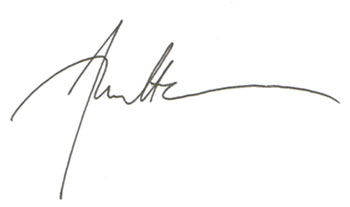Newsletter May 2012: Extended stitchesNews:New in the shop: the lovely shawl Arwen, designed by Véronique Chermette: This pretty shawl is worked top down in a simple but effective stitch pattern, and the border is finished with little flowers or clovers, depending on how you see it!More information in the shop.Véronique worked her sample in the linen + mohair yarn mix, now available in four different colours.
This pretty shawl is worked top down in a simple but effective stitch pattern, and the border is finished with little flowers or clovers, depending on how you see it!More information in the shop.Véronique worked her sample in the linen + mohair yarn mix, now available in four different colours. Extended stitchesExtended stitches are a funny little stitch family that I rarely use. However, the ladies in one of the groups where I regularly teach crochet recently wanted to crochet socks. The socks we worked on were, as is often the case, crocheted in extended single crochet. This inspired me to take a closer look at these not very well-known stitches. To explain how an extended stitch is worked, let’s look at how we make an extended single crochet (esc). You start it just like any single crochet, inserting your hook and pulling up a loop.
Extended stitchesExtended stitches are a funny little stitch family that I rarely use. However, the ladies in one of the groups where I regularly teach crochet recently wanted to crochet socks. The socks we worked on were, as is often the case, crocheted in extended single crochet. This inspired me to take a closer look at these not very well-known stitches. To explain how an extended stitch is worked, let’s look at how we make an extended single crochet (esc). You start it just like any single crochet, inserting your hook and pulling up a loop.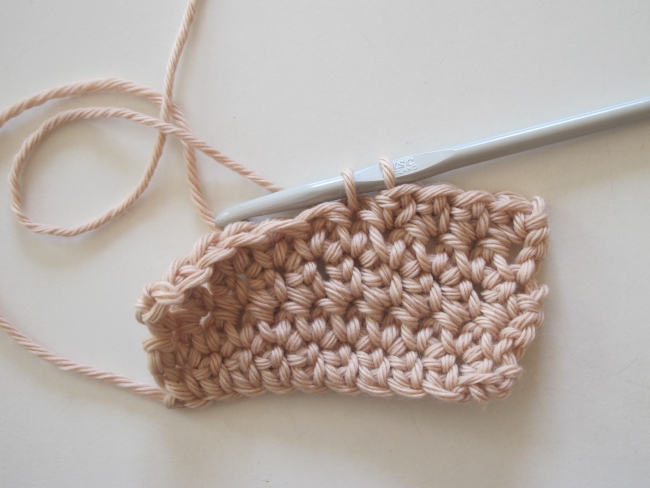 Next step is different: yo and pull through ONE loop.
Next step is different: yo and pull through ONE loop.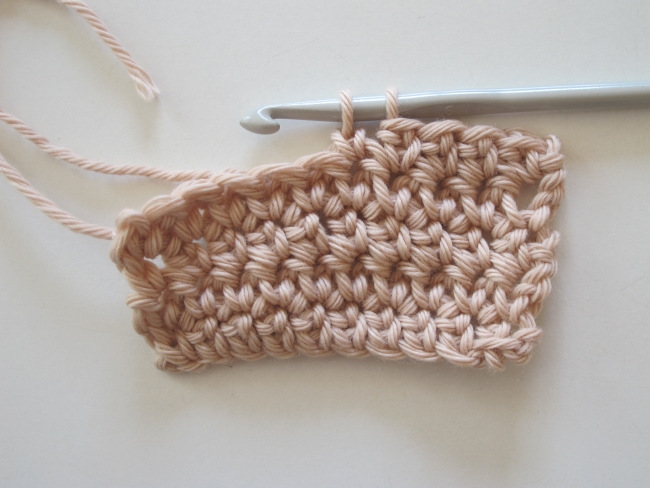 In other words, you add a ch at the bottom of the stitch.Now, you finish the stitch just like an ordinary sc (yo and pull through both loops on the hook).
In other words, you add a ch at the bottom of the stitch.Now, you finish the stitch just like an ordinary sc (yo and pull through both loops on the hook).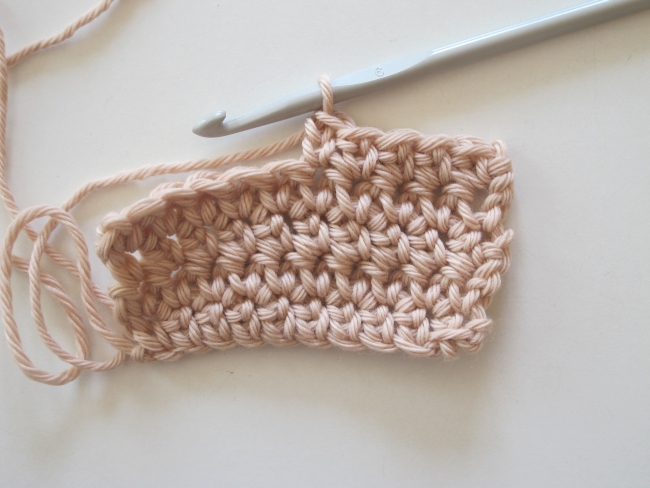 Once you’ve understood how it’s made, you can easily apply this technique to any other stitch, making extended half double crochets (ehdc), extended double crochets (edc), extended trebles (etr) etc.But what would you use these stitches for? We need to take an even closer look.First of all, of course, you might like the look of this stitch and want to use it for this reason. This is how it looks worked back and forth.
Once you’ve understood how it’s made, you can easily apply this technique to any other stitch, making extended half double crochets (ehdc), extended double crochets (edc), extended trebles (etr) etc.But what would you use these stitches for? We need to take an even closer look.First of all, of course, you might like the look of this stitch and want to use it for this reason. This is how it looks worked back and forth.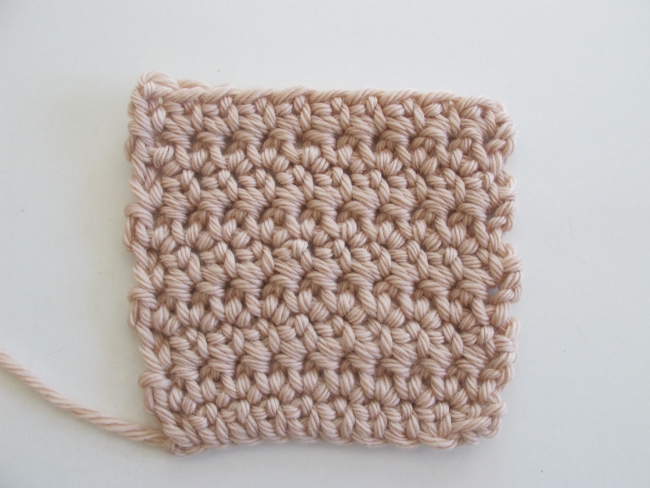 Since the esc is taller than a sc but shorter than a dc, it might also be an option for an intermediate stitch if you happen to hate working hdc’s. I can empathize with that, because I felt like that for many years (until I started to love hdc’s instead and put them everywhere).So I started to think about the height of the esc. Was it any different from a hdc? Only one way to know: swatch!
Since the esc is taller than a sc but shorter than a dc, it might also be an option for an intermediate stitch if you happen to hate working hdc’s. I can empathize with that, because I felt like that for many years (until I started to love hdc’s instead and put them everywhere).So I started to think about the height of the esc. Was it any different from a hdc? Only one way to know: swatch!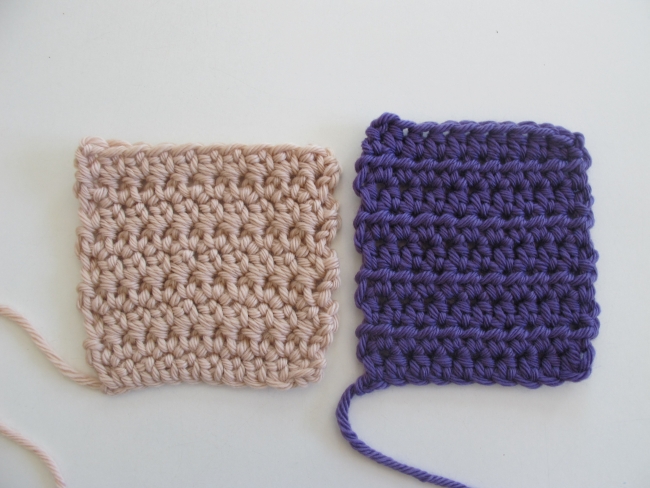 It looks as though you can’t say that an esc is a dead ringer for hdc. The swatch worked in hdc is taller and also narrower. The difference is not extreme, but it is there. You might want to use the esc instead of a hdc in similar circumstances, but if your project depends on exact proportions, you will need to compensate for the difference.So the esc is taller than the sc but shorter than the hdc. Most of what I’ve seen written on these stitches focuses on their use for creating smooth transitions between different stitch heights, when you want a nice curve. What about that?
It looks as though you can’t say that an esc is a dead ringer for hdc. The swatch worked in hdc is taller and also narrower. The difference is not extreme, but it is there. You might want to use the esc instead of a hdc in similar circumstances, but if your project depends on exact proportions, you will need to compensate for the difference.So the esc is taller than the sc but shorter than the hdc. Most of what I’ve seen written on these stitches focuses on their use for creating smooth transitions between different stitch heights, when you want a nice curve. What about that?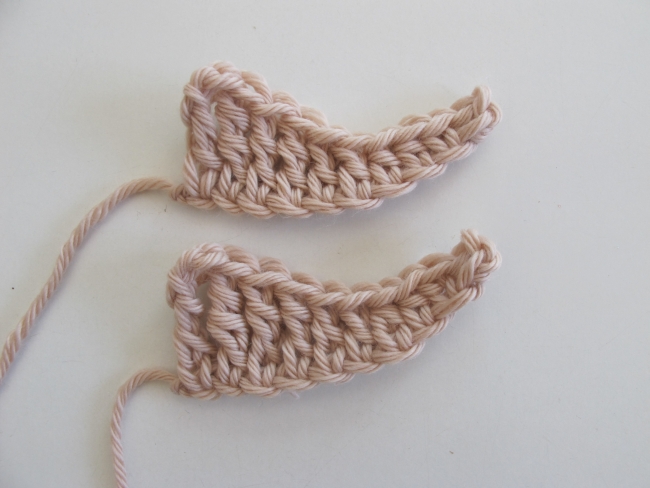 I made these two mini swatches, each using 10 stitches.The upper swatch is made using 2 sc, 2 hdc, 2 dc, 2 tr, 2 dtr. The lower swatch is made with 1 sc, 1 esc, 1 hdc, 1 ehdc, 1 dc, 1 edc, 1 tr, 1 etr, 1 dtr, 1 edtr.I confirm: the curve is smoother in the lower swatch, especially around the dc’s. This is even more apparent in real life than in the photo.So if you want to make beautifully detailed work, perhaps shaping flowers and leaves, I would definitely look into the possibilities of elongated stitches.But all this doesn’t completely explain why I got so excited about elongated stitches in general, and esc in particular, so as to devote a newsletter to them. As I said, with my crochet group, we worked on socks. And they were, of course, crocheted in the round.
I made these two mini swatches, each using 10 stitches.The upper swatch is made using 2 sc, 2 hdc, 2 dc, 2 tr, 2 dtr. The lower swatch is made with 1 sc, 1 esc, 1 hdc, 1 ehdc, 1 dc, 1 edc, 1 tr, 1 etr, 1 dtr, 1 edtr.I confirm: the curve is smoother in the lower swatch, especially around the dc’s. This is even more apparent in real life than in the photo.So if you want to make beautifully detailed work, perhaps shaping flowers and leaves, I would definitely look into the possibilities of elongated stitches.But all this doesn’t completely explain why I got so excited about elongated stitches in general, and esc in particular, so as to devote a newsletter to them. As I said, with my crochet group, we worked on socks. And they were, of course, crocheted in the round.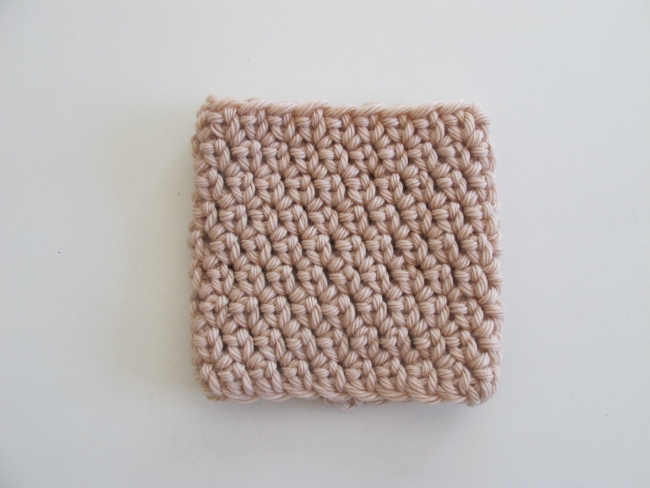 Pretty nifty, don’t you think? Some people would say this is a stitch you could use if you wanted to achieve the look of knitting. (Personally, I think the best way to achieve the look of knitting is to knit. But of course, you may think differently.)However, I really like the look of this stitch pattern. Also, can you see how the stitches tend to lean to the left? This means that the loop on top of the stitch, where you work the stitch in the next row, is positioned much closer to the center of the stitch compared to other crochet stitches. The esc is less asymmetrical than a common crochet stitch.That asymmetry is the reason that the row join in circular crochet worked with common stitches has a clear tendency to travel to the right, and to draw a diagonal across the fabric. This is especially obvious if you work any kind of colour pattern, be it simple stripes or more complicated colour changes.But with esc, the row join is much closer to a straight line. The photo doesn’t show the join (I worked the swatch in one colour and in a spiral, so the join is invisible). If you look closely at the stitches at the right edge of the swatch though, you can see that the alignment is much closer to a vertical line than you could expect.And this fact, that esc’s behave quite differently than common crochet stitches when worked in the round, opens up a whole world of possibilities to explore.
Pretty nifty, don’t you think? Some people would say this is a stitch you could use if you wanted to achieve the look of knitting. (Personally, I think the best way to achieve the look of knitting is to knit. But of course, you may think differently.)However, I really like the look of this stitch pattern. Also, can you see how the stitches tend to lean to the left? This means that the loop on top of the stitch, where you work the stitch in the next row, is positioned much closer to the center of the stitch compared to other crochet stitches. The esc is less asymmetrical than a common crochet stitch.That asymmetry is the reason that the row join in circular crochet worked with common stitches has a clear tendency to travel to the right, and to draw a diagonal across the fabric. This is especially obvious if you work any kind of colour pattern, be it simple stripes or more complicated colour changes.But with esc, the row join is much closer to a straight line. The photo doesn’t show the join (I worked the swatch in one colour and in a spiral, so the join is invisible). If you look closely at the stitches at the right edge of the swatch though, you can see that the alignment is much closer to a vertical line than you could expect.And this fact, that esc’s behave quite differently than common crochet stitches when worked in the round, opens up a whole world of possibilities to explore.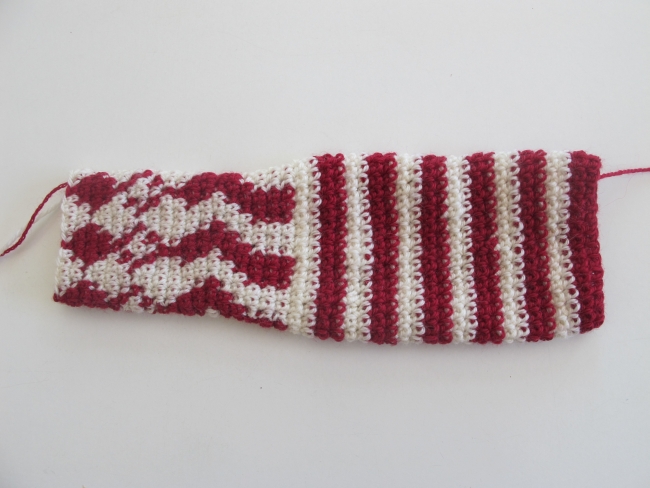 See you soon!
See you soon!